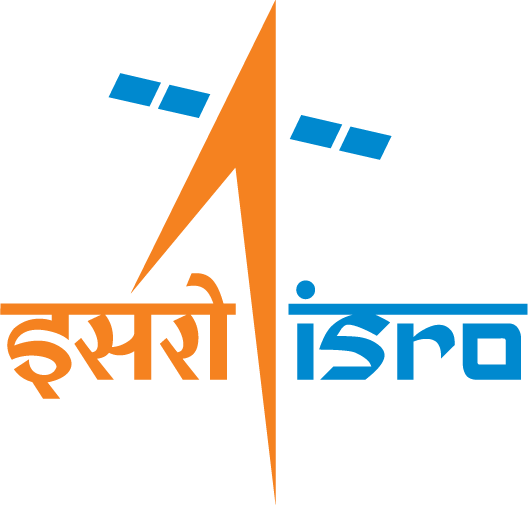In Asia, around 45% of biomass burning comes from forest fires, 34% from crop residue/agriculture residue fires (stubble fires), and 20% from grassland & savanna fires. The proportion of biomass burning is highest in China (25%) followed by India (18%). In India, the rice wheat cropping system is the most widely practiced cropping system in Northwest India particularly in Punjab, Haryana and western Uttar Pradesh. It is estimated that a total of 620 million tons of crop residue is generated annually in India, of which 16% is burnt in field and major contribution in stubble burning is paddy straw (43%), wheat straw (21%) followed by sugarcane (19%). Most of the stubble burning is done in Punjab, Haryana and Western Uttar Pradesh which reaches its peak in May and November months due to harvest season of Kharif and Rabi crops, respectively. Unfortunately, due to lack of proper waste collection and disposal systems, most of the stubble is disposed of through open field burning. Over the years, stubble burning has become a troublesome phenomenon with numerous economic, social, health, and environmental issues brought on with the introduction of mechanized harvesting. In addition, the stubble burning in turns posses serious air pollution issues, manifesting adverse impact on health, ecosystem and on climate change.
Hence, quantification and measurement of stubble fire on regional scale needs more attention to understand the cause-effect scenarios. In this aspect, space borne sensors emerged as a powerful tool to measure daily active fire occurrences (counts) and generate biomass burning frequency, fire risk maps, regional fire trend analysis and air pollution emission scenarios. More specifically satellite observations useful to monitor and quantify daily and hourly fire counts and pollution loading (AOD) are MODIS, VIIRS, INSAT-3D. Farmers particularly in the states of Punjab and Haryana use fire as a fast, cheap way to clean up and fertilize fields before planting winter crops. Thus it emits smoke and dust in the atmosphere that travels to large distances. The MODIS image of natural colour (Oct 28, 2022) shows plume of fire smoke covering north eastern Pakistan to Indian states of Punjab, Haryana, NCR and Uttar Pradesh.

Stubble balers in the field (Patiala and Fathegarh Sahib district, Punjab)
The surge of this particulate matter pollution (also know as Aerosols) over the Indo Gangetic plain contributes to sharp decline of air quality thereby deteriorating human health. The level of total particulate pollution can be measured by index named Aerosol Optical Depth (AOD). The INSAT-3D derived AOD as well as modelled estimated particulate matter, PM2.5 and PM10 (fine particulate matter whose diameter <2.5 mm and <10 mm respectively) images shows the level and extent of air pollution enveloping the region. These are used as a proxy for air quality. According to our study, over the last one decade the stubble fires has led to an increase in 9.6% in aerosol loading and 17.5% in PM2.5 pollution which is advected from the source region to NCR and downwind IGP regions deteriorating air quality in north India to as much of 4–5 times the permissible Indian standard. Apart from releasing significant quantities of particulate matter, stubble burning is also responsible for the emission of greenhouse gases and trace gases. Satellite observations from various remote sensing sensors are useful for monitoring CO, NO2, O3. CH4, etc. Modeling studies have estimated the smoke from crop residue burning during post-monsoon to be responsible for around 27%-44% of CO in North India.
There have been efforts by Government of India to provide economic solutions to farmers towards stubble management and increase farmer’s income. Some of these solutions are the use of happy seeder, zero till drillers, rotavators in harvesting, use of residue stubble in mulching, biochar, biofuel (solid, liquid & gaseous biofuels), ethanol, stubble pellets & balers for raw material and power generation, mushroom farming, paper pulp, board & other eco-friendly products. Also recommend is the use of shorter duration rice varieties, direct seeding of rice (water use is reduced by 20-25%), diversification of kharif crops (summer crops). These methods and options could help reduce stubble burning and minimize its contribution to air pollution. The quantitative results and recommendations will help in enforcing National Policy for Management of Crop residue (NPMCR).
References:
- Kant, Y., Chauhan, P, Natwariya., A and Mitra, D. 2022. Long term influence of groundwater preservation policy on stubble burning and air pollution over North-West India. Scientific Reports, 12(1), pp.1-11
- Shaik,D.S., Kant,Y., Mitra,D., Singh,A and Chauhan, P. 2019. Impact of biomass burning on regional aerosol optical properties: A case study over northern India. Journal of Environmental Management, 244, 328-343



